What is thin content? How does it influence your website?
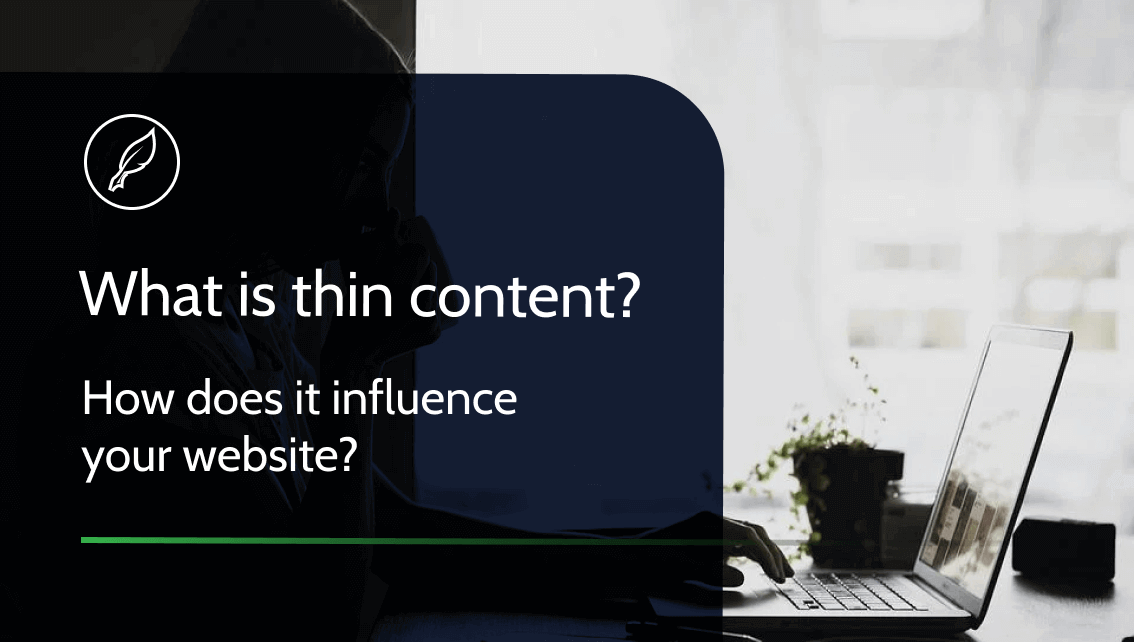
Throughout our blog, we have repeatedly emphasized the importance of a careful and harmonious development of texts published on your website. There are several reasons for this – adjusting to the applicable SEO standards, creating an attractive content or engaging your audience. According to this, the certain things should definitely be avoided. We will deal with one of it today – let’s talk about thin content.
Thin content – what is it?
Thin content is content that does not meet the search engine’s requirements for original content of the highest quality.
Why avoiding thin content is so important? Websites are created in order to provide users with facts or persuade them to take some sort of action (use the service, purchase a product, advertise your business, etc.). Nevertheless, Google has developed detailed criteria (and algorithms such as TrustRank) over the years. They are used to verify the quality of your content.
The key aspect is to fill your website with so-called Search intent, i.e. the intention of the person that uses the search engine. Thus, websites presenting original and factual content are promoted, using natural language and applying all stylistic and technical standards. The skillful use of semantically related words is also promoted, thanks to which Google better understands the general topic of the website.
Websites that contain key phrases for which they are ranked the highest (so-called cornerstone content) must be developed in accordance with the criteria mentioned above. Google looks unfavorable at our optimization efforts if we use suspicious solutions, such as copying someone else’s content, spam and… thin content!
Types of thin content
You are already aware that this type of content is undesirable. You know that it needs to be removed. However, before we get to it, let’s take a closer look at types of thin content.
Automatically generated content
Google dedicated a huge annual budget to improve mechanical learning and natural language processing algorithms, so it would certainly know whether the content had not been written by a person, but combined by the computer system. This also applies to the mechanical translation of the articles into another language.
The key aspect is to fill your website with so-called Search intent, i.e. the intention of the person that uses the search engine.
Low value affiliate content
This concept has been taken from the affiliate marketing, that is promoting your services or products on other websites that give us such opportunity. Of course, this strategy itself is extremely popular and the most effective. However, you need to use it carefully. The specific threat manifests itself in regarding your website as an „intermediary” – if we are only a „stopover” between one website and another, our content will not be considered attractive by Google.
Copied or plagiarized content
This seems obvious and requires no further explanation. Publishing texts that has not been written by us (even fragmentarily) will almost always have a negative impact on the Google’s perception of our website. Making minor changes to the content will not help. Of course, there is nothing wrong with citing or placing someone’s iconography on our website, however, it must be only a fragment of original, larger text of ours. The whole thing comes down to the essential difference between „citing” and „copying”.
Doorway/jump pages
These are pages which task is to automatically redirect user (after he or she visit our website) to another one. These websites often use less sophisticated positioning methods to be placed higher in the ranking for a given keyword. The search engine will certainly not approve such solutions.
Thin content – consequences
If Google regard a website as the one that contain thin content, it may impose a penalty.
Then the website will be positioned lower. It may also exclude its existence. It may concern a single subpage, a number of it or all that are devoted to a given topic. So, if we run a shop or deal with marketing, it is a matter of life or death.
In addition, it is worth mentioning the impact that this will have on the users themselves – above all, they are able to quickly verify whether a given website contain qualitative content or not. Remember that there are millions of Internet websites and the topics you are writing about that might have been certainly discussed somewhere else. Therefore, consider whether it is worth paying more attention to it and not using cheap tricks.
How can I check whether the content on my website is thin content?
We will approach this in two stages.
- At the beginning, check whether your website contains copied content (remember that duplicate content, although it is technically not the same, is also undesirable). You can also use free tools like Copyscape or Google search commands in order to verify originality of your content.
- Next, determine for which key phrases your website is ranked the highest (or which ones affect it). The website and texts where it appears should be written in accordance with all applicable SEO and optimization standards. We have listed them above. If the text already exist, improve it. If you have just started creating content, remember to write it on your own or use the services of qualified copywriter.
Thanks to the activities mentioned above, we have already indicated the most common sources of thin content, these are plagiarism and low-quality texts. This will help you solve basically the most common reasons for creation of such content. It is definitely worth your effort – if we run an Internet-related business (basically the one that is not like that now) and whether for some other reasons we want to reach higher positions in the ranking, without solving issue of thin content you can not move forward.





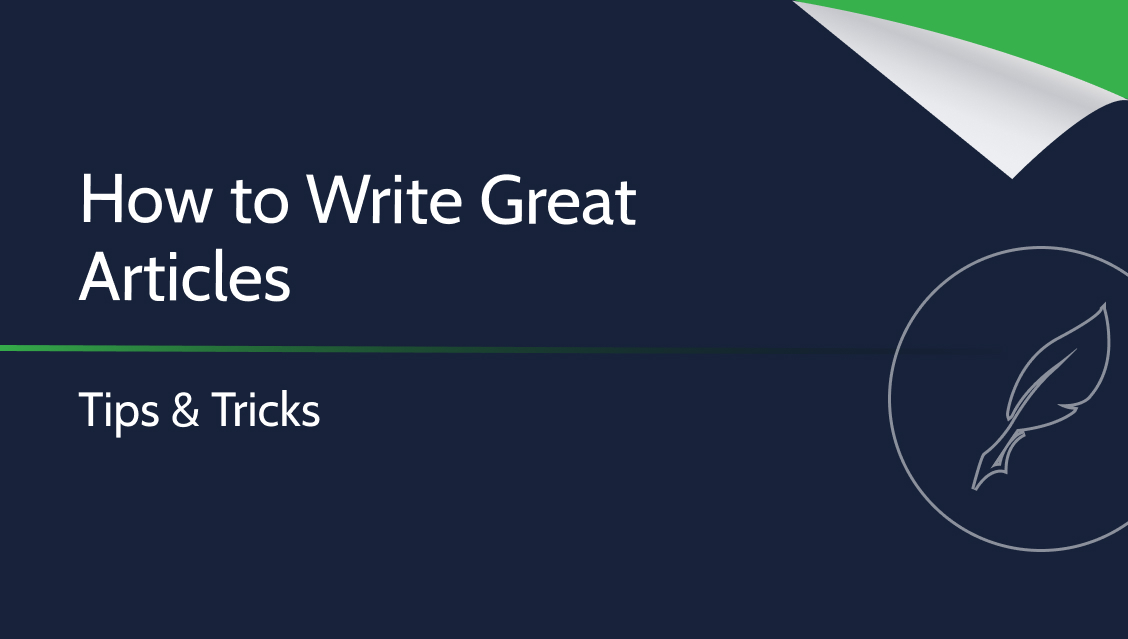
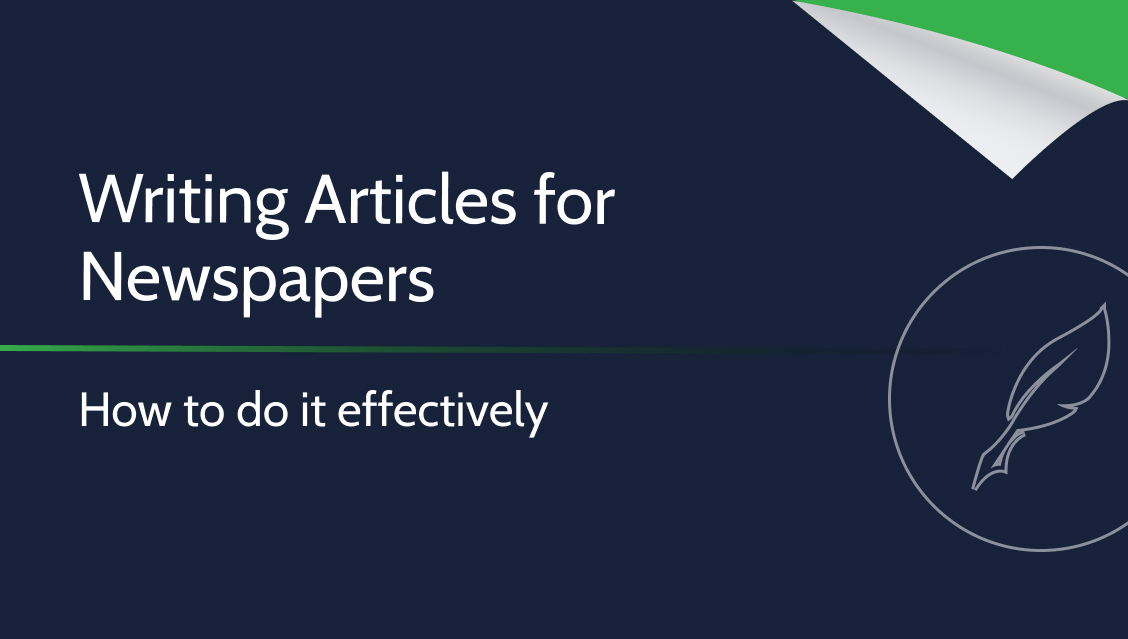
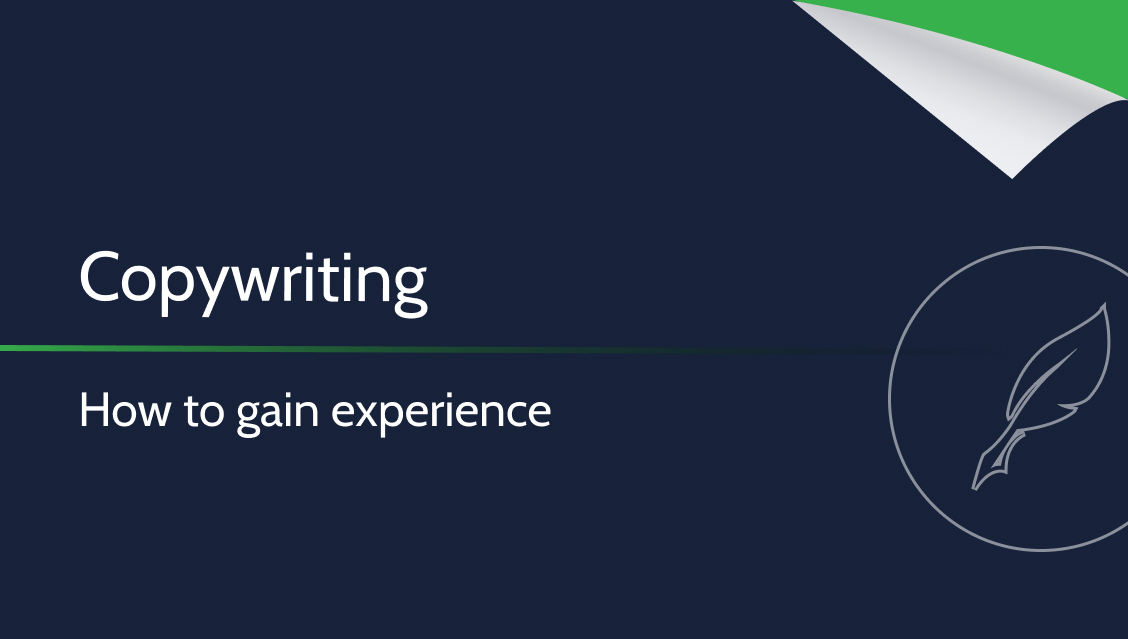

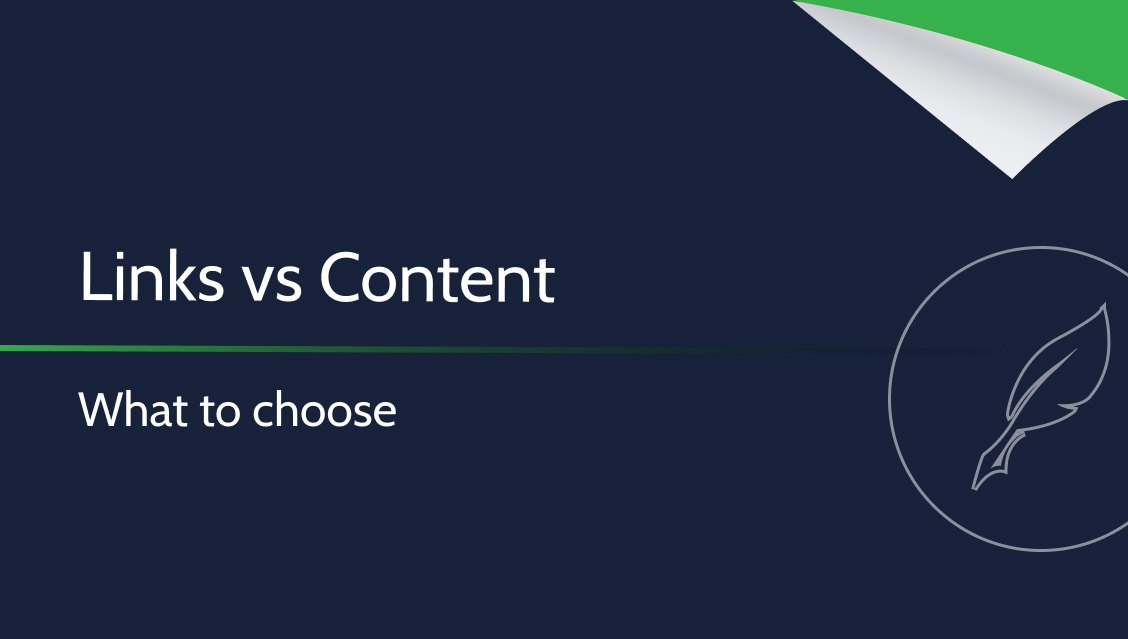





Leave a Reply